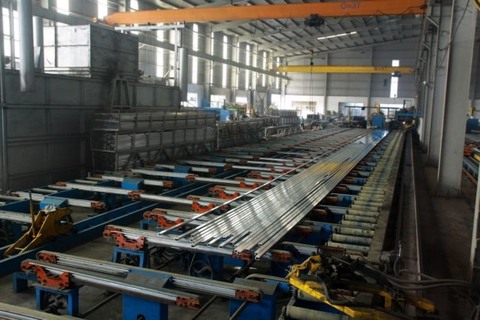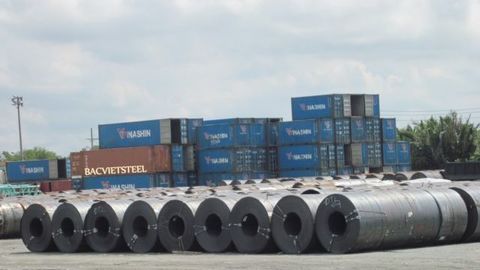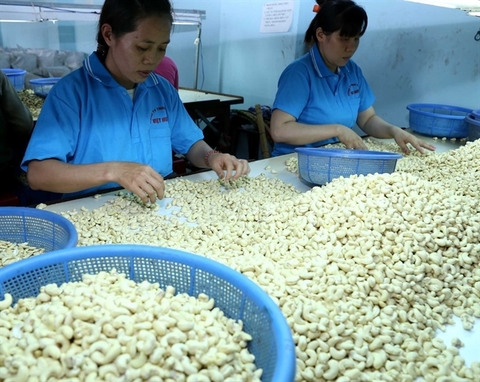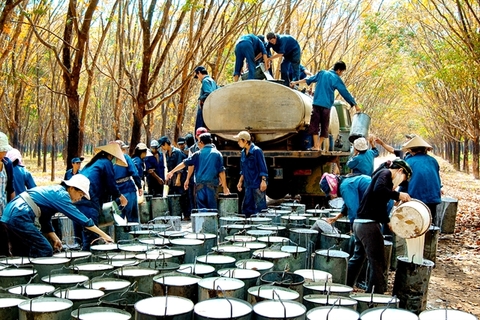Viet Nam’s coal imports increases sharply by mid-July
Viet Nam’s coal imports increases sharply by mid-July
Viet Nam imported about 23 million tonnes of coal between the beginning of the year and July 15 worth US$2.17 billion, according to the General Department of Customs.

Imports rose by 108 per cent in volume and 69.5 per cent in value from the same period last year.
The growth rate of import volume was higher than that of value because the import price of coal reduced to $95.2 per tonne from $117 in the same period last year.
Notably, the total volume of imported coal from the first day of this year until July 15 exceeded the amount imported during all of 2018 by about 57,000 tonnes.
In the first half of this year, Indonesia, Australia, Russia and China were the four largest coal suppliers for Viet Nam, Hai quan (Customs) newspaper quoted the General Statistics Office as saying.
Viet Nam imported 7.3 million tonnes of coal worth of $461.7 million from ASEAN countries in the first six months of the year, including more than one million tonnes in June.
About 7.1 million tonnes were imported from Australia, worth $769.5 million, 3.7 million tonnes from Russia with a value of $325.2 million and 590,000 tonnes from China, worth $177.7 million.
Domestic demand is increasing, especially for thermal power plants, while the output of the country's coal mines is much lower. Therefore, coal imports are expected to continue increasing.
In the first half of July alone, the nation spent $191 million to import more than 2.2 million tonnes of coal.
According to the National Electricity Development Plan for the 2011-20 period, to meet domestic demand for electricity, Viet Nam’s power plants must reach a total capacity of 75,000MW in 2020. About 48 per cent of the capacity will come from thermal power plants that use coal.
By 2030, the total capacity of power plants must stand at 146,800MW with 51.6 per cent coming from thermal power plants.
To achieve the target, thermal power plants will need 64.1 million tonnes of coal in 2020 and 131.1 million tonnes in 2030, according to Viet Nam's development plan for the coal industry.
Coal demand from the key metal, cement, fertiliser and chemical industries as well as other consumer sectors will be about 25.5 million tonnes in 2030.
That means Viet Nam will need a total of about 157 million tonnes of coal in 2030 while the domestic supply will reach a maximum of 57 million tonnes. The nation will find it necessary to import up to 100 million tonnes of coal.

























